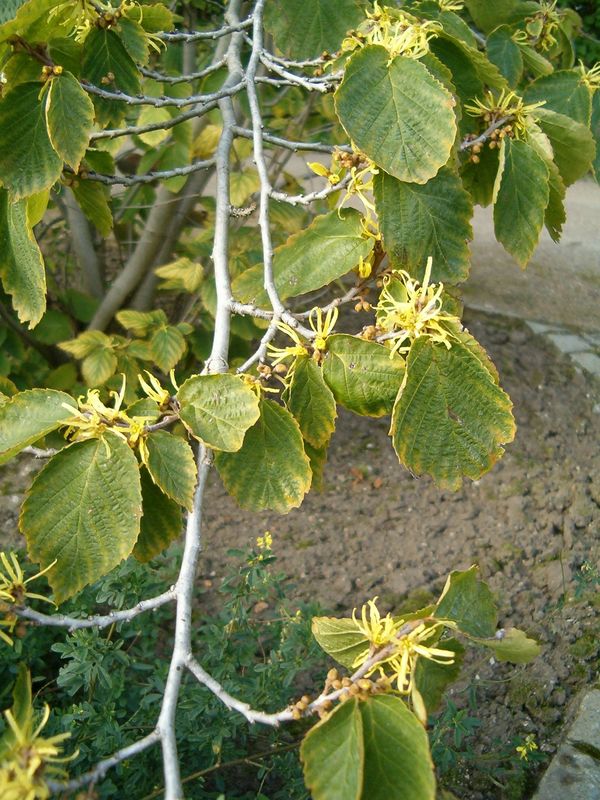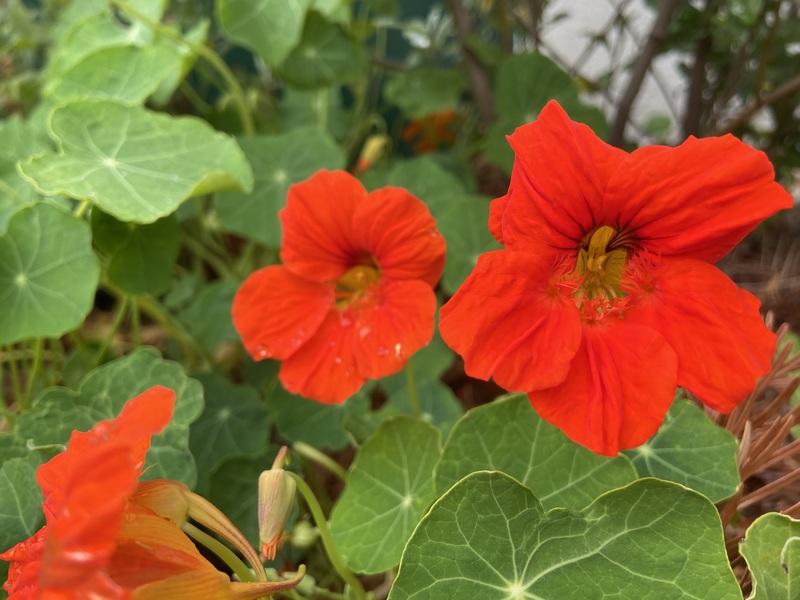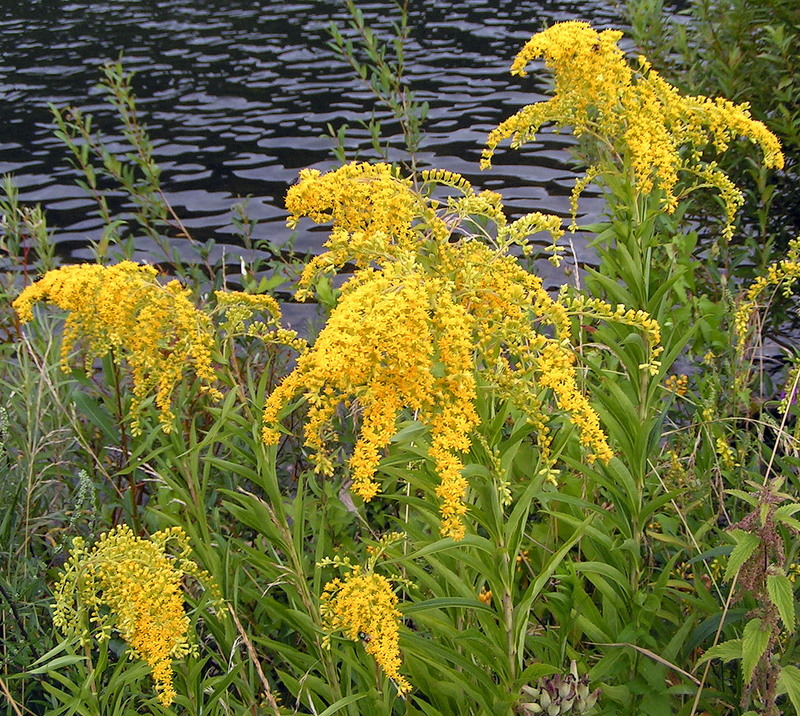Description
The corn poppy (Papaver rhoeas) is a flowering plant that is native to Europe, Western Asia, and North Africa. It is also known as the red poppy, Flanders poppy, or field poppy. The plant has bright red flowers that are typically about 2-3 inches in diameter. The flowers have four petals that are often crinkled or creased. The leaves are hairy and deeply lobed, and the stem is slender and upright.
The corn poppy grows to be about 1-2 feet tall and is an annual plant, meaning that it completes its life cycle in one growing season. It is a fast-growing plant and is often used as a cover crop or for erosion control.
The corn poppy prefers full sun and well-draining soil, and it is often grown in fields or gardens. In order to cultivate the plant successfully, a grower may need to till the soil and remove any weeds to prepare the area for planting. The plant is not winter hardy and will die off in cold weather.
The corn poppy is not edible, but the flowers can be used as a natural dye. The plant has some medicinal uses and has been used as a pain reliever and sedative. It is also a popular plant for use in gardens and landscapes due to its bright red flowers and ability to attract pollinators.



